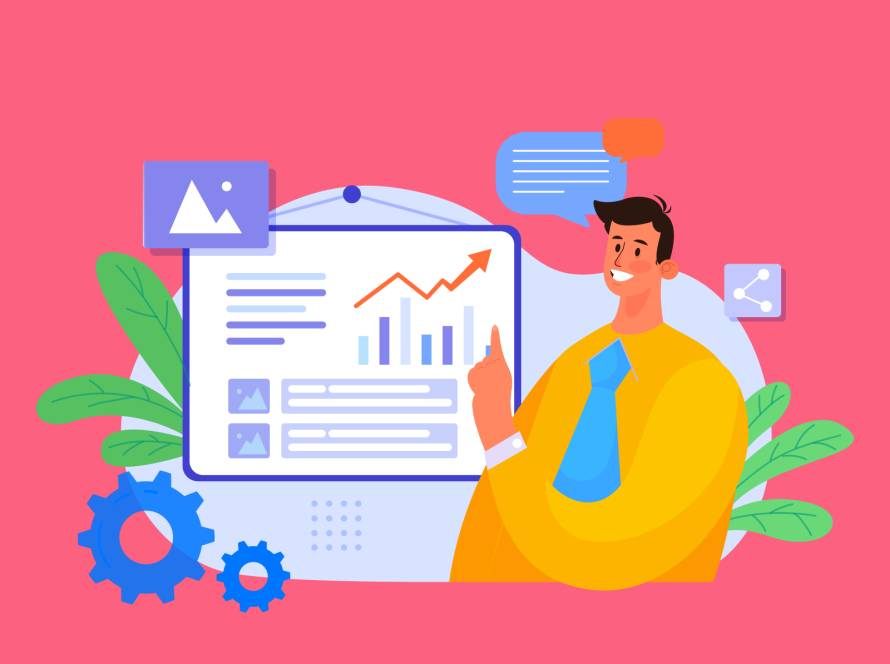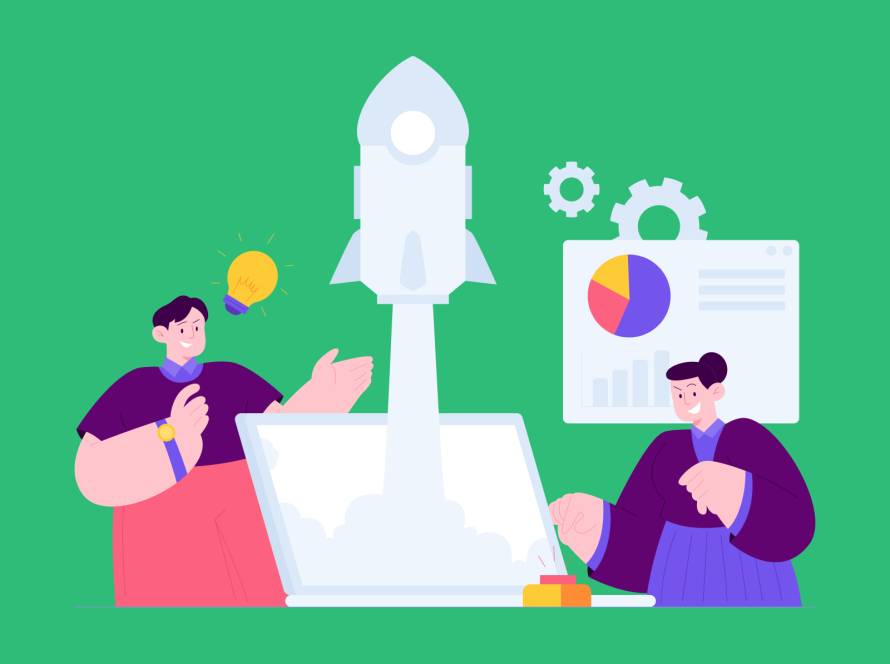Inbound marketing is a game-changer for B2B SaaS and IT service companies, but it often raises key questions: How long does it take to see results? Does inbound work for niche industries? Should outbound marketing still be part of your strategy?
This guide covers the most frequently asked questions (FAQs) about inbound marketing—helping you understand how to leverage it for scalable lead generation, lower customer acquisition costs (CAC), and sustainable revenue growth. Whether you’re starting fresh or optimizing an existing strategy, these insights will help you make informed marketing decisions
1. How long does it take to see results from inbound marketing?
Inbound isn’t an overnight success—it typically takes 3 to 6 months to see meaningful improvements in website traffic, lead quality, and conversions. However, the real power of inbound lies in its compounding effect. Unlike outbound marketing, where results taper off once spending stops, inbound marketing efforts continue to grow over time as you build authority and visibility.
2. Is inbound marketing only for large B2B SaaS companies?
Not at all. While many of our experiences are within B2B SaaS and IT services, inbound marketing is effective for startups, mid-sized companies, and even niche industries. High customer lifetime value (CLTV) makes inbound marketing a smart investment for SaaS, but smaller teams can start lean, focusing on SEO, LinkedIn thought leadership, and targeted content marketing before scaling up.
3. Does inbound marketing replace outbound marketing?
Not necessarily. Outbound marketing (cold outreach, paid ads, direct sales) still has its place, but it’s expensive and short-term. The best strategy? Use inbound to warm leads, making outbound efforts more cost-effective and targeted.
4. What if my industry is niche? Will inbound still work?
Yes! Inbound marketing is often more effective in niche markets because it helps establish thought leadership and credibility with highly targeted audiences. By focusing on SEO, content marketing, and LinkedIn engagement, you can position your brand as the go-to authority for decision-makers in your space.
5. How much content do we need to publish to see results?
It’s not about quantity—it’s about strategy. Instead of publishing content non-stop, focus on a high-impact content strategy, including:
✅ SEO-driven blog posts targeting high-intent keywords
✅ LinkedIn thought leadership for industry visibility
✅ Email nurture sequences to guide prospects through the funnel
✅ Case studies that demonstrate value and build trust
6. Can inbound marketing work without paid ads?
Yes, but paid ads accelerate results. A mix of organic and paid strategies—such as LinkedIn and Google Ads—can help attract high-intent visitors while your long-term inbound efforts (SEO and content marketing) gain traction.
7. What’s the biggest mistake B2B SaaS companies make with inbound?
The biggest mistake? Thinking inbound is just about content creation. Many companies assume that posting blogs and LinkedIn updates will automatically bring leads. But inbound success requires a holistic approach, including:
✅ Strategic content mapping aligned with buyer pain points
✅ SEO-driven traffic with intent-based keywords
✅ Marketing automation & email nurture sequences to convert leads
✅ Sales and marketing alignment to maximize conversion rates
Inbound isn’t just about creating content—it’s about driving conversions through a structured system.
8. What do you mean by ‘outbound has diminishing returns’? Some companies see great results, and it brings leads faster than inbound, which takes 6-12 months to build.
Great question! While outbound can generate faster leads, over time, its efficiency declines because:
✅ Higher costs – As you scale, your cost per lead (CPL) and customer acquisition cost (CAC) increase.
✅ Lower engagement – Cold outreach becomes less effective as decision-makers get bombarded with sales messages.
✅ No long-term assets – The moment you stop spending, outbound stops working. Inbound builds evergreen assets that drive ongoing traffic and leads.
✅ Trust factor – Inbound nurtures leads organically through valuable content, while cold outreach often faces skepticism.
That said, outbound and inbound work best together. Outbound delivers short-term wins, while inbound lowers CAC and builds a sustainable lead pipeline.
Final Thoughts: Inbound Marketing as a Growth Engine
Inbound marketing isn’t just about creating content—it’s about building a system that generates, nurtures, and converts leads over time. Whether you’re a B2B SaaS startup or an established IT service provider, inbound helps you achieve sustainable growth, reduce acquisition costs, and create lasting brand authority.
???? Got more questions? Let’s talk! Reach out at haseeb@nopea.ca or explore how Nopea can help you drive high-impact inbound growth.


